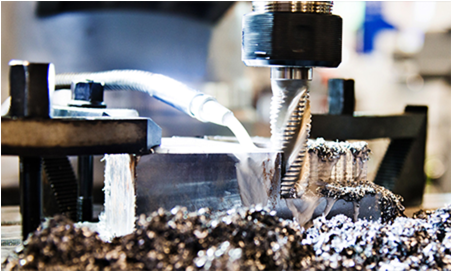Nov . 22, 2024 06:34 Back to list
m12 rod size
Understanding M12 Rod Size Specifications and Applications
The M12 rod size is a pivotal component widely used in various engineering and construction applications. Its dimensions, characteristics, and utility play significant roles in projects that demand precision and strength. This article will delve into the specifics of M12 rods, their applications, and why understanding their size is crucial for engineers and builders alike.
What is an M12 Rod?
The M in M12 refers to the metric threading system, where the 12 denotes the nominal diameter of the rod in millimeters. Therefore, an M12 rod has a diameter of 12 mm. The threading on these rods follows the ISO metric thread standards, which ensures that the rods can fit seamlessly with other M12 components, including nuts and bolts. An M12 rod typically features a coarse thread pitch of 1.75 mm, which is common in metric fasteners.
Specifications of M12 Rods
M12 rods come in various lengths and finishes. The standard length varies, but they can be found in sizes ranging from 1 meter to over 3 meters. Additionally, they are available in different materials, including carbon steel, stainless steel, and alloys, which correspond to different strength and corrosion-resistant properties.
- Material Types - Carbon Steel Generally used for general-purpose applications owing to its strength and cost-effectiveness. - Stainless Steel Ideal for environments exposed to moisture or chemicals, as it offers excellent corrosion resistance. - Alloy Steel Suitable for high-stress applications, providing high tensile strength.
- Strength Grades M12 rods are categorized by strength grades, commonly ranging from 8.8 to 12.9, which indicates the tensile strength and yield strength of the material. Grades 8.8 and 10.9 are particularly common in structural applications.
Applications of M12 Rods
m12 rod size

M12 rods have extensive applications across various industries due to their strong mechanical properties. Their most common uses include
1. Construction M12 rods are often employed as structural ties, holding beams and columns together. They can also be used in combination with nuts and washers to create robust fastening solutions.
2. Automotive In the automotive industry, M12 rods are utilized in suspension components, subframes, and engine mounts, where their strength and durability are essential.
3. Manufacturing In manufacturing settings, M12 rods can serve as clamps, fixtures, or support stands, providing stability to machinery and equipment.
4. Furniture These rods can also be used in furniture construction for creating strong frames and supports, enabling designers to achieve both aesthetic and functional integrity.
Importance of Choosing the Right M12 Rod
Selecting the appropriate M12 rod is critical to ensuring the safety and longevity of any construction or engineering project. Factors such as material selection, strength grade, and length must align with the specific requirements of the application. For instance, using a carbon steel rod in a corrosive environment could lead to premature failure, whereas a stainless steel rod might provide the necessary resilience.
Conclusion
The M12 rod size is a fundamental component in various engineering and construction undertakings. Its specified diameter, threading, and material options make it highly versatile. Understanding its characteristics and applications can significantly affect the outcome of projects, ensuring that structures are both reliable and safe. As industries continue to evolve, the relevance of properly specified fasteners like M12 rods will undoubtedly remain at the forefront of engineering solutions.


